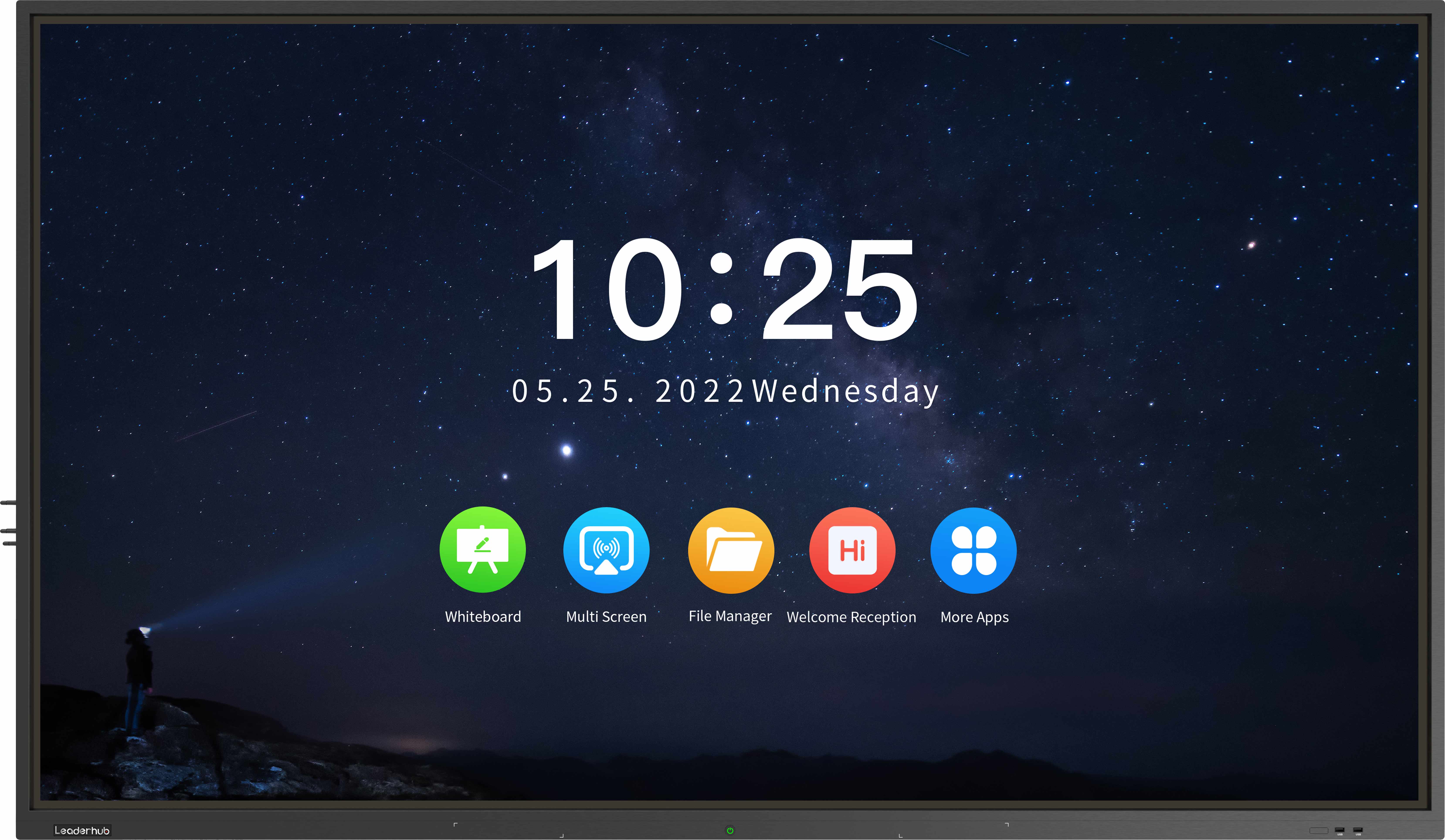A New Era of Teaching and Learning

Use the classroom interactive whiteboard to create an interactive classroom teaching mode. In this digital age, traditional teaching methods are being replaced with innovative technology. The introduction of interactive whiteboards has revolutionized the way students learn and interact with information. These cutting-edge devices have become essential tools for educators, opening up a world of possibilities in the classroom.
Enhanced Engagement and Collaboration
The interactive whiteboard brings a new level of engagement to the classroom. With its touch-sensitive surface and versatile software, teachers can design interactive lessons that capture students' attention and encourage active participation. Students can directly interact with the board, creating a dynamic and immersive learning experience. This hands-on approach fosters collaboration among students, as they can work together on projects, solve problems, and share ideas in a visually stimulating environment.
Multi-Sensory Learning and Differentiation
The interactive whiteboard provides a multi-sensory learning experience, catering to different learning styles. Teachers can incorporate videos, images, and audio into their lessons, appealing to both visual and auditory learners. With the ability to annotate and highlight on the board, teachers can emphasize and clarify important information. Additionally, interactive quizzes and games can be created to assess student understanding and provide immediate feedback, allowing for personalized and differentiated instruction.
Immersive Content and Resources
Interactive whiteboards offer access to a vast array of digital content and resources. Teachers can access educational websites, online databases, and interactive textbooks to provide students with up-to-date information and materials. They can seamlessly integrate multimedia elements into their lessons, including videos, animations, and simulations, to make abstract concepts more tangible and engaging. The whiteboard also facilitates internet connectivity, allowing teachers to bring real-world examples and current events into the classroom.
In conclusion, the use of interactive whiteboards has transformed traditional classrooms into interactive and engaging learning environments. These powerful tools enhance student engagement and collaboration, cater to various learning styles, and provide access to immersive content and resources. With the integration of interactive whiteboards, educators can create an interactive classroom teaching mode that nurtures critical thinking, sparks creativity, and prepares students for the digital age.

